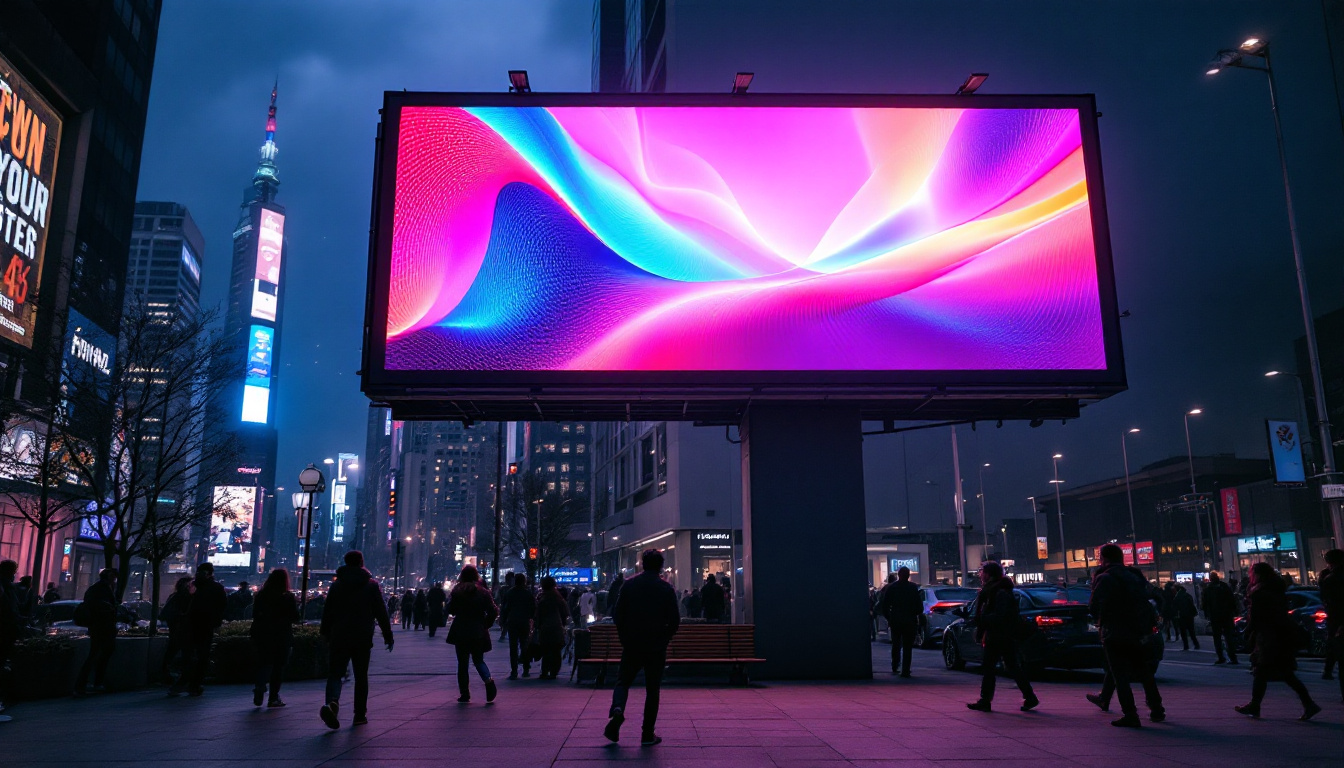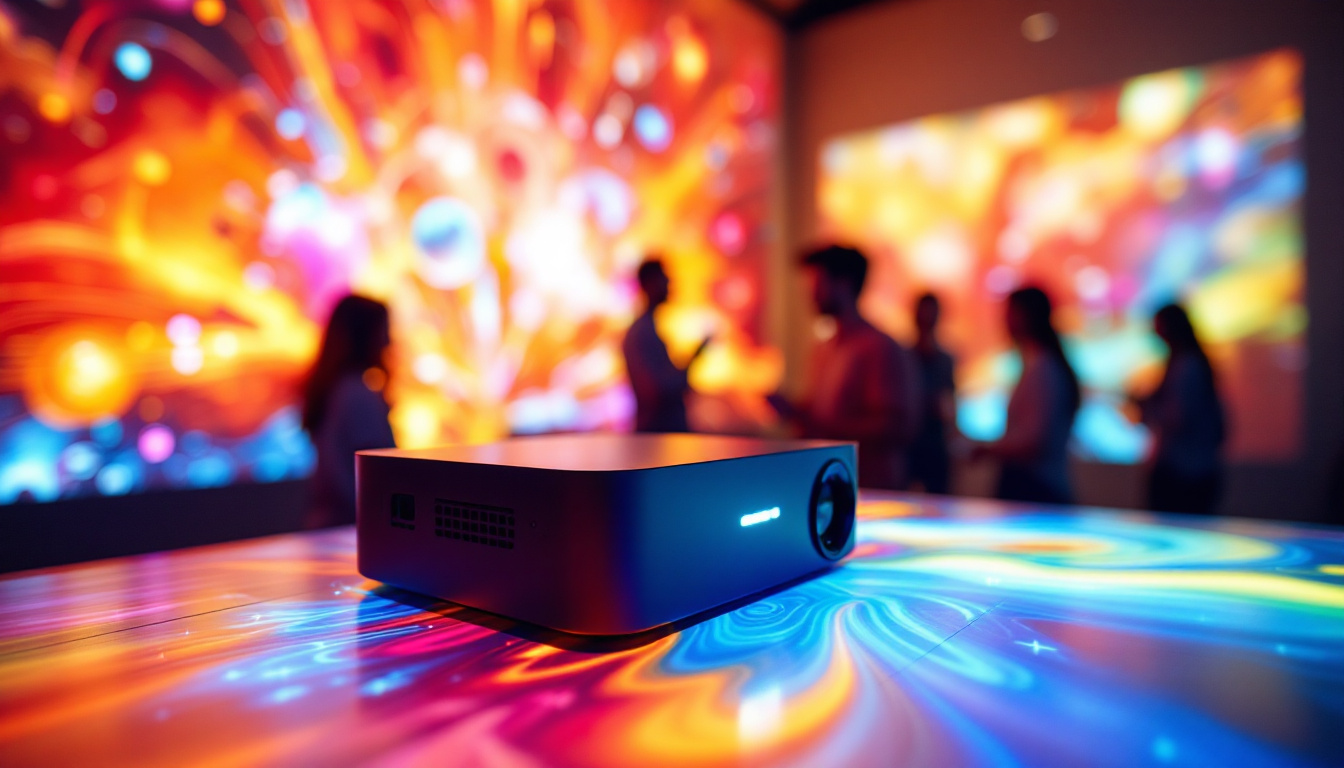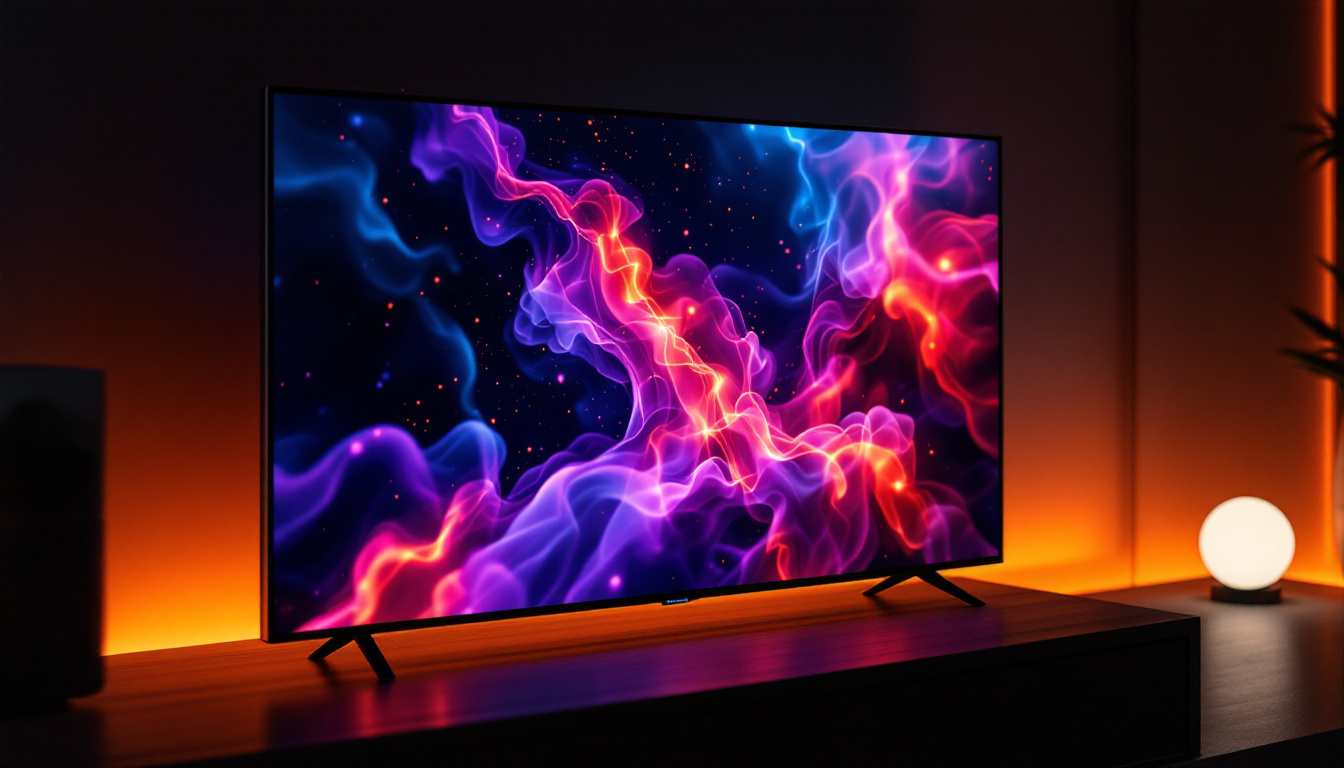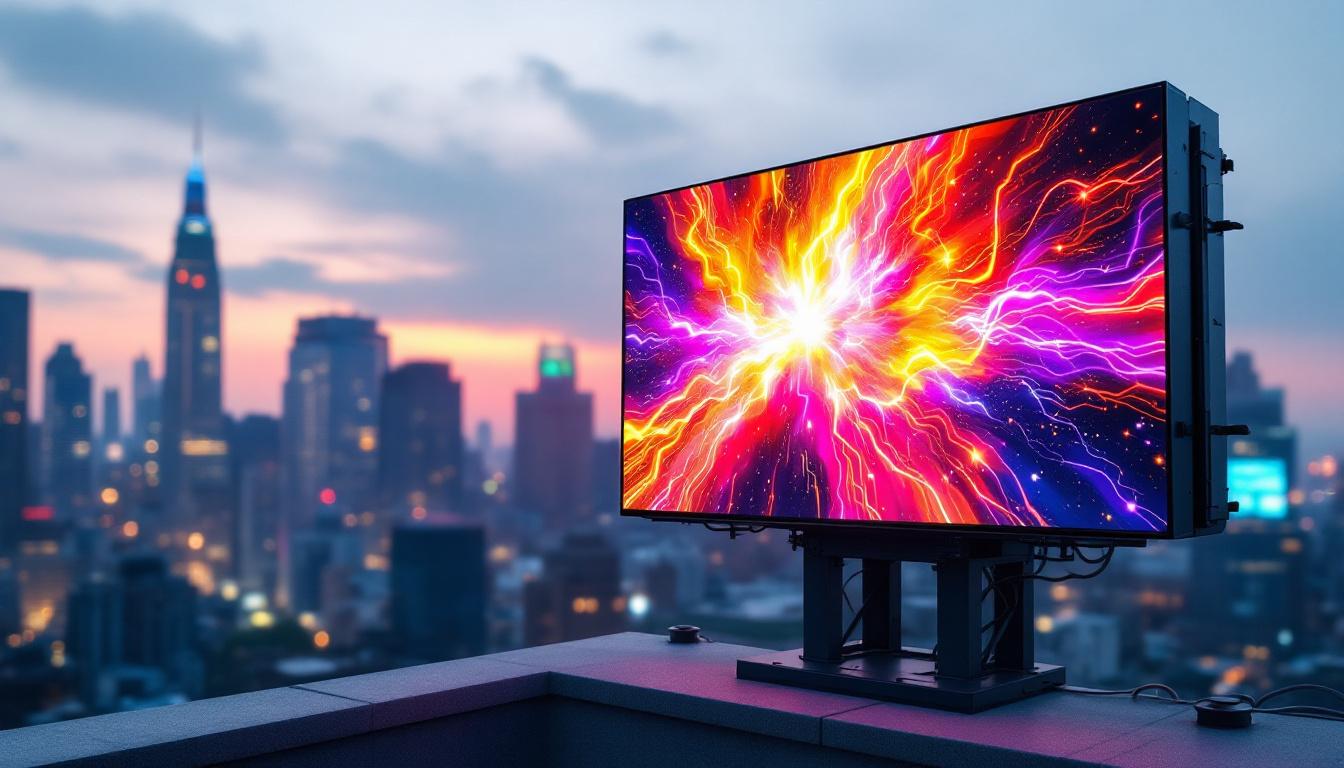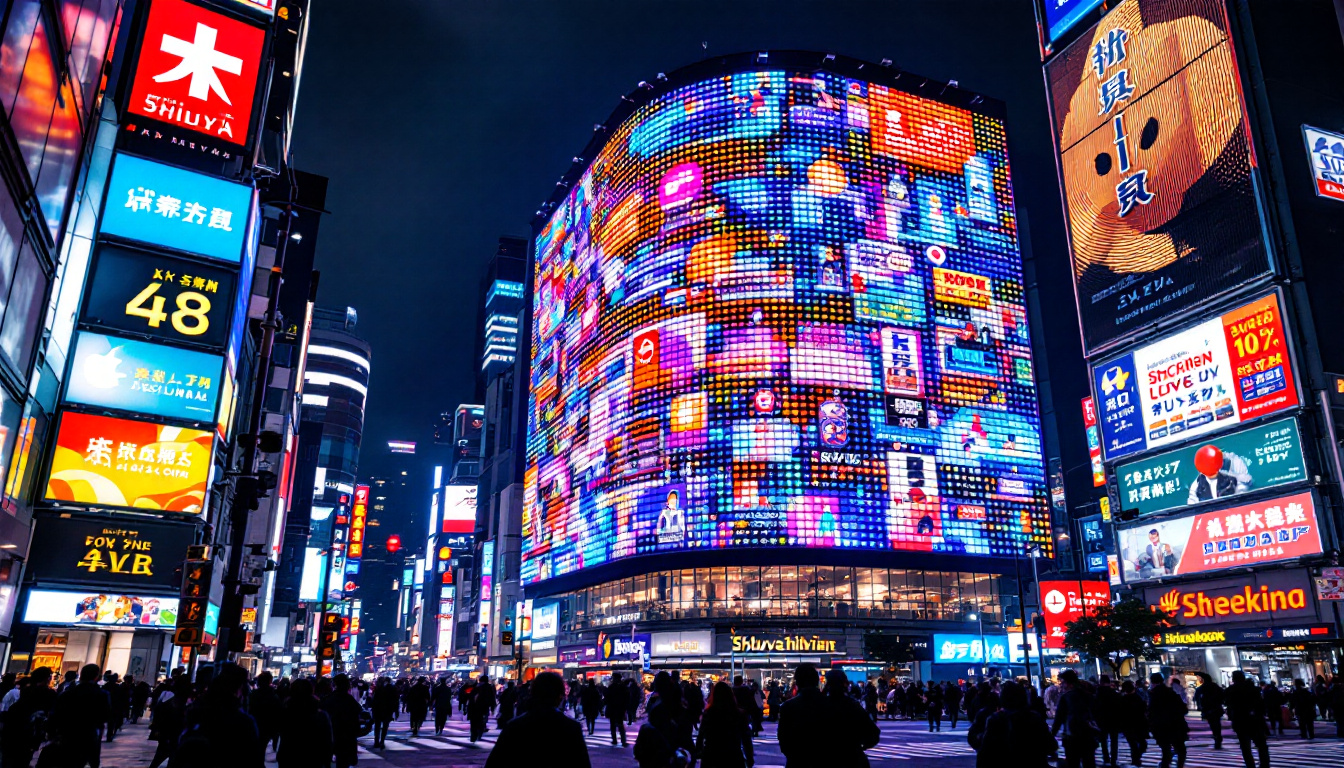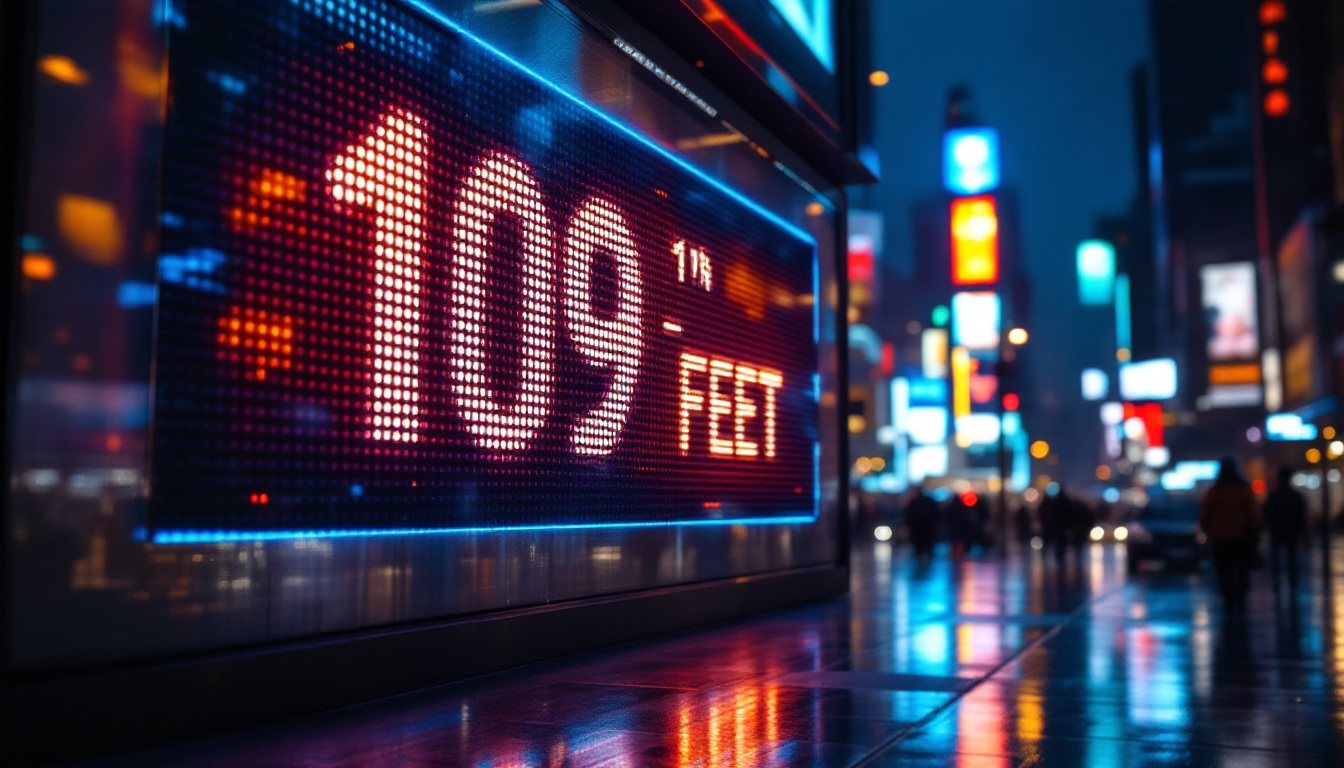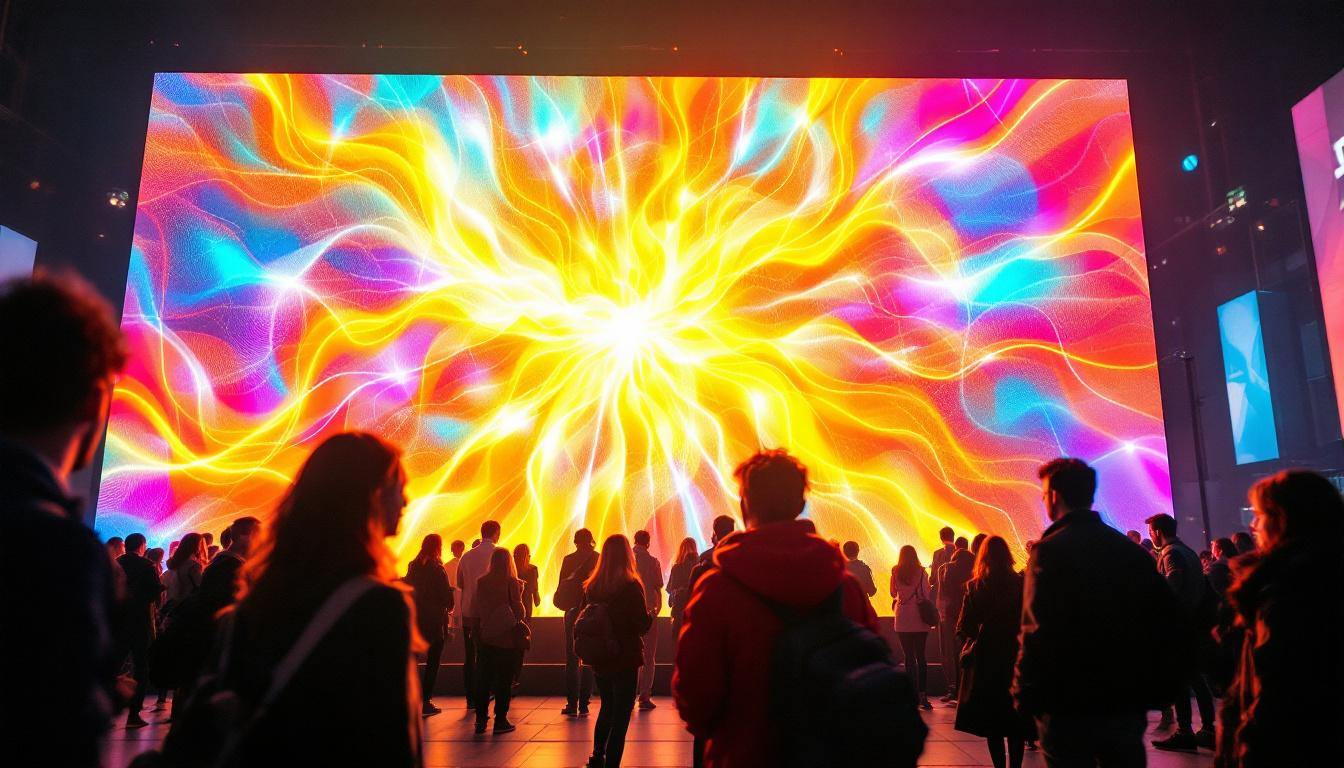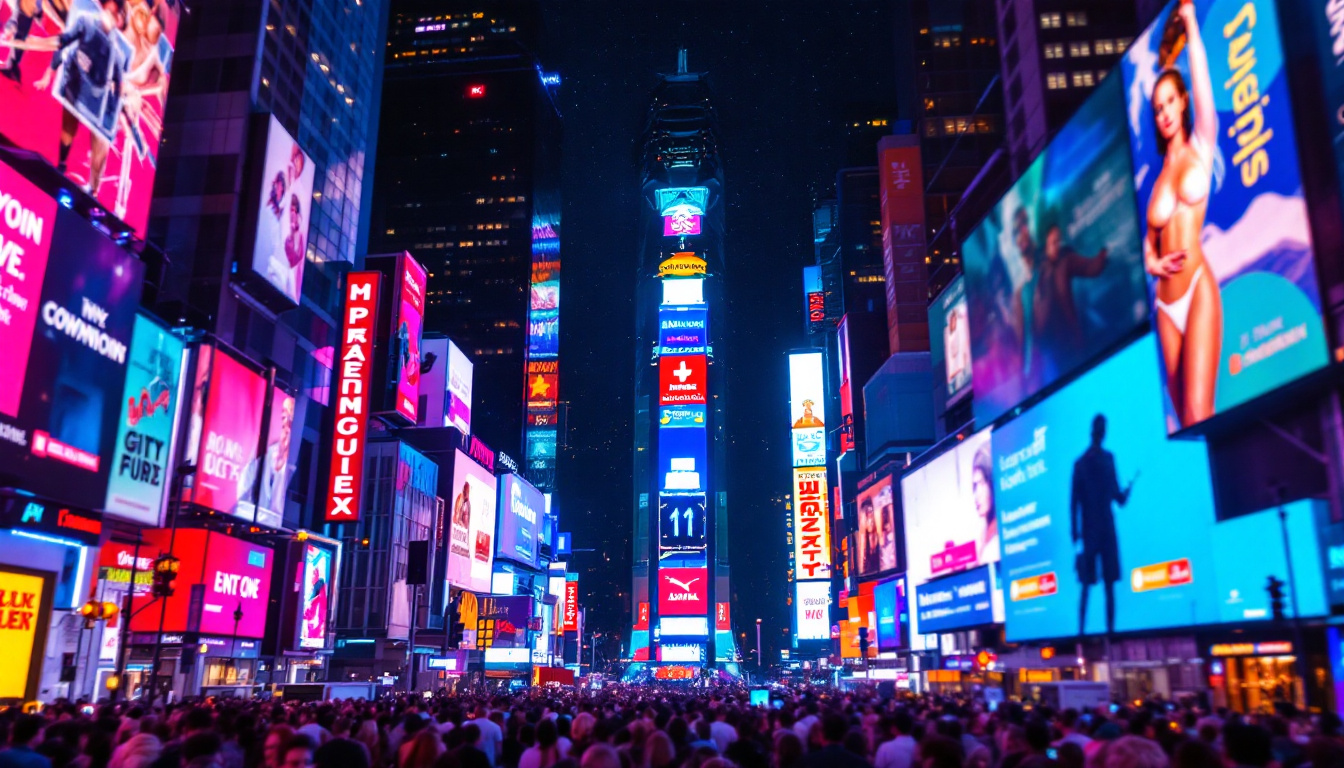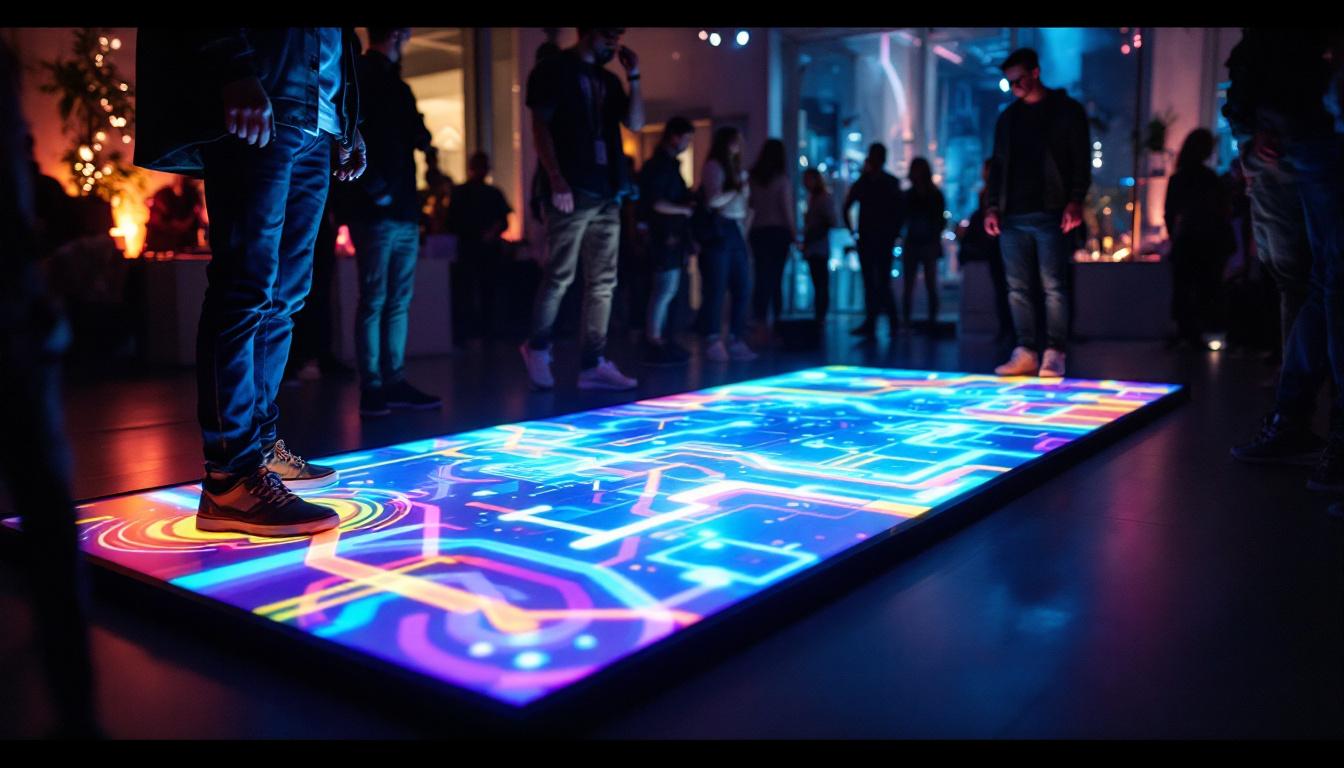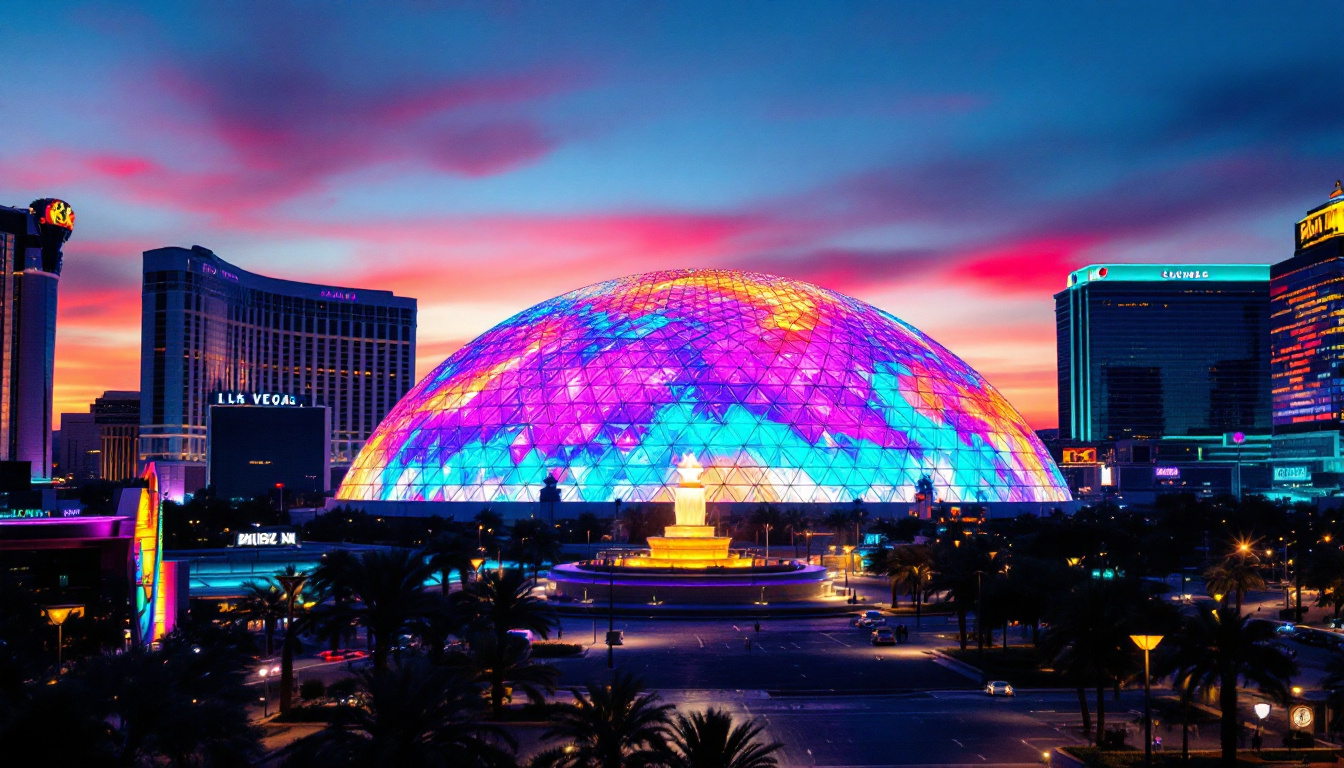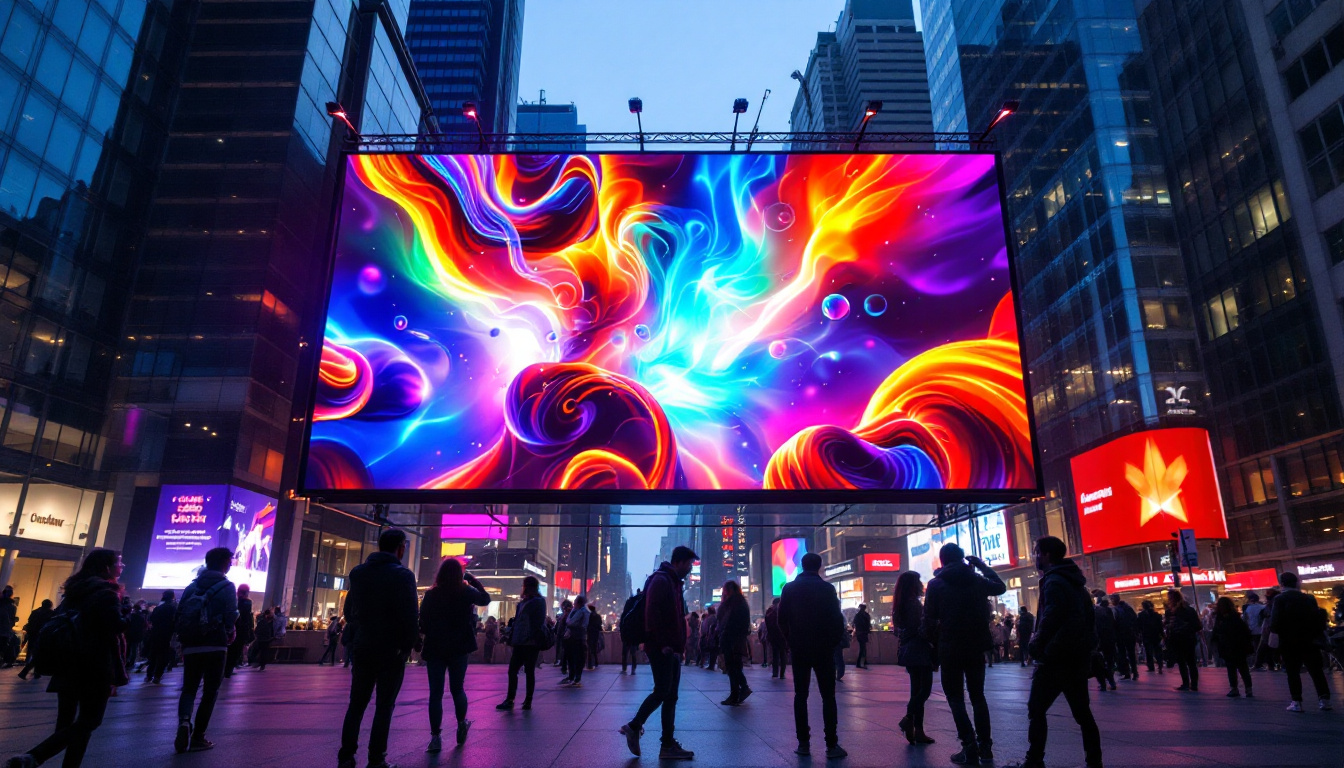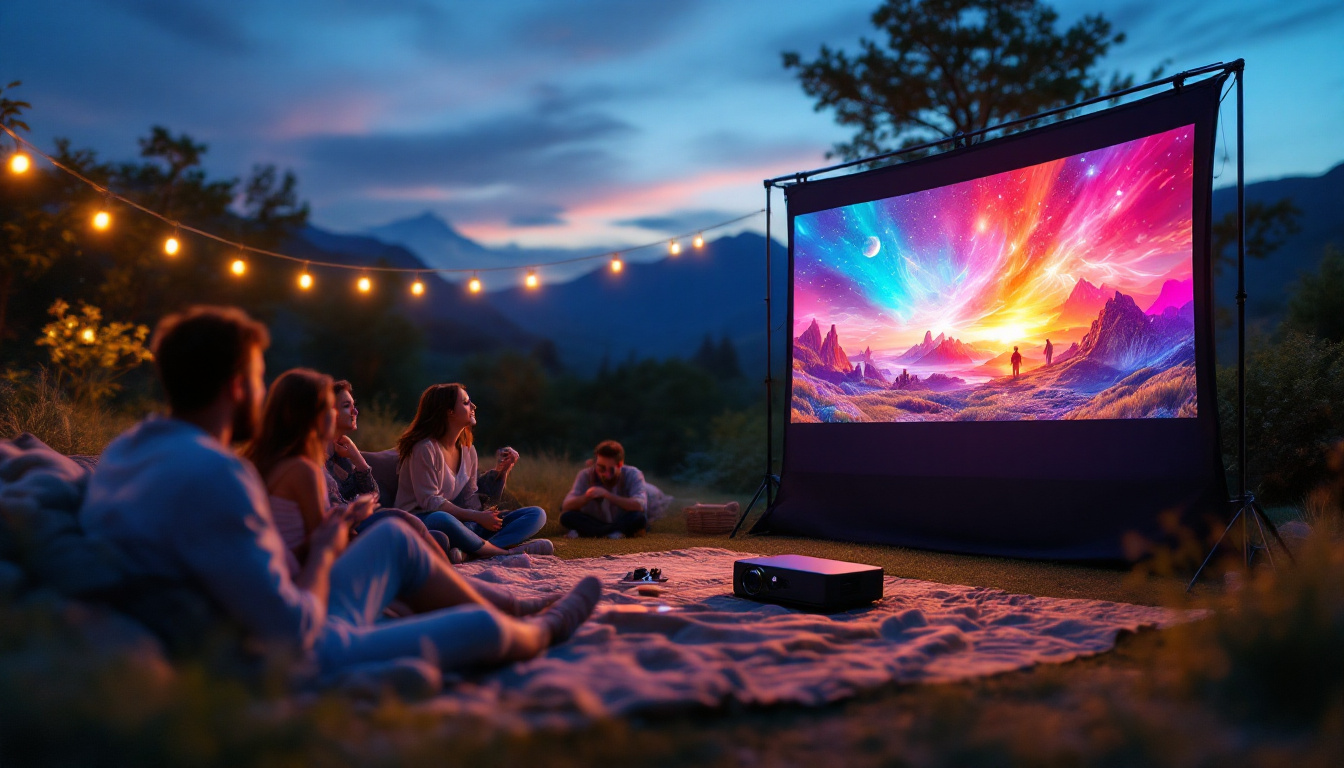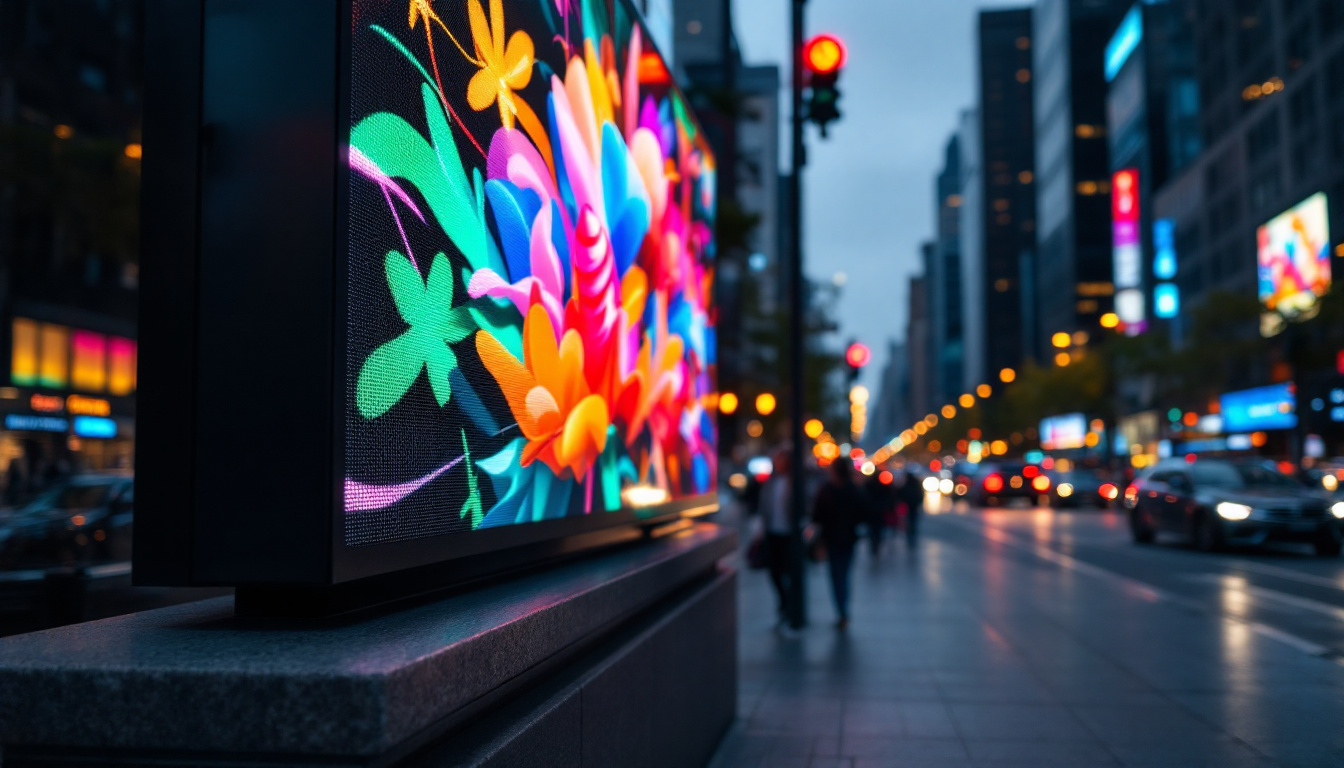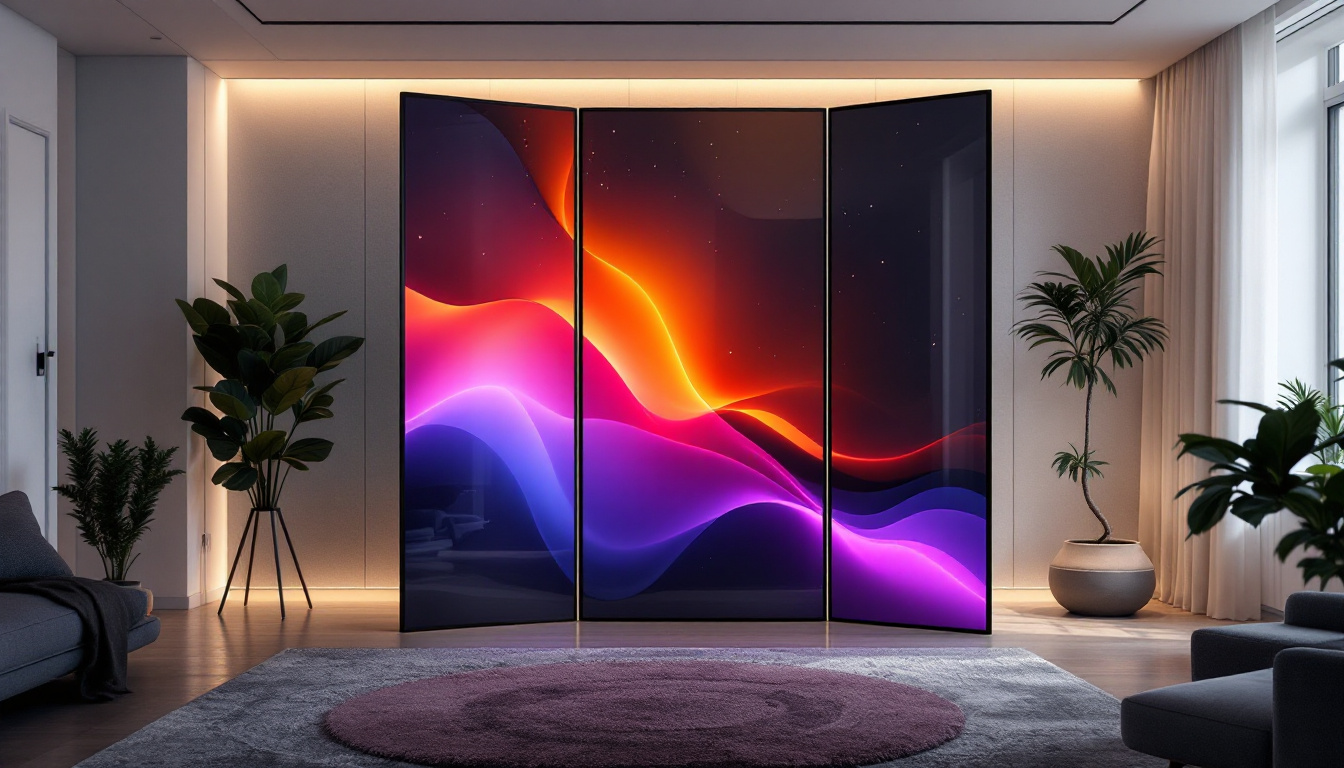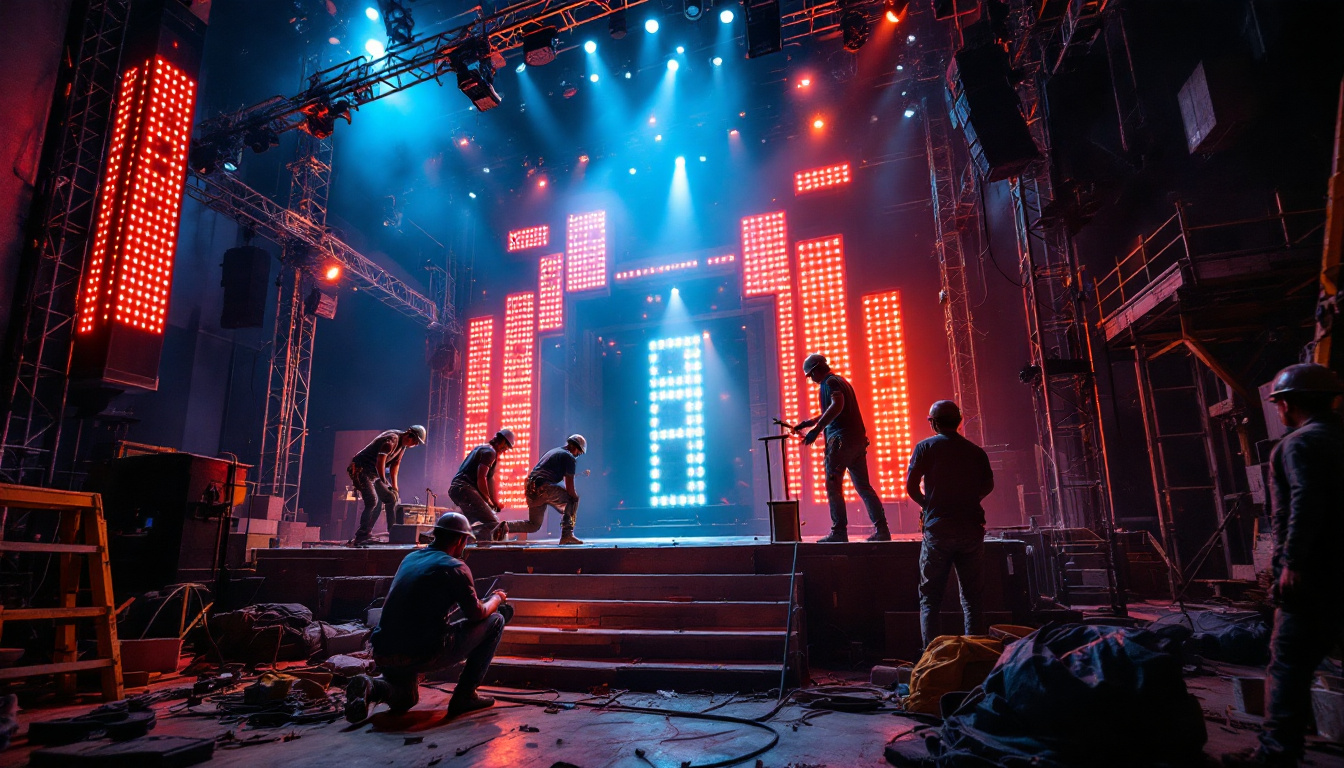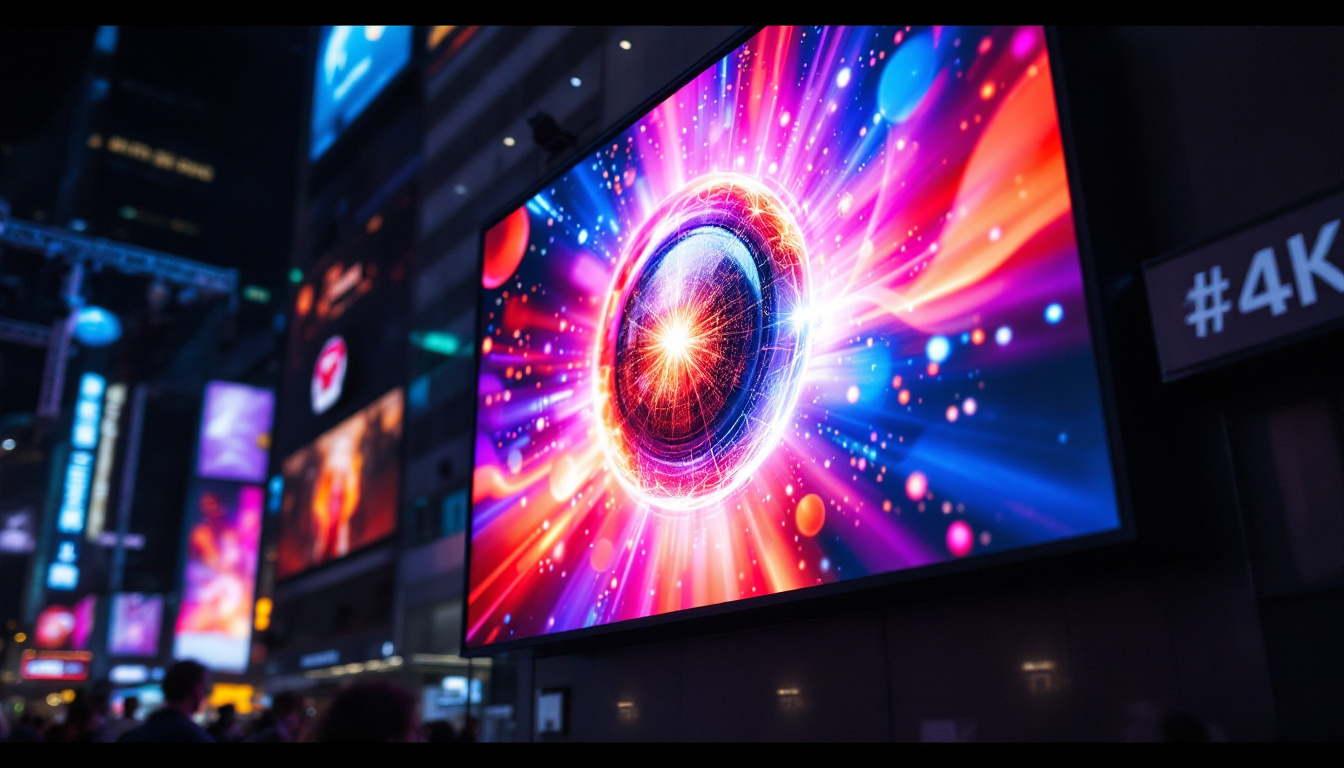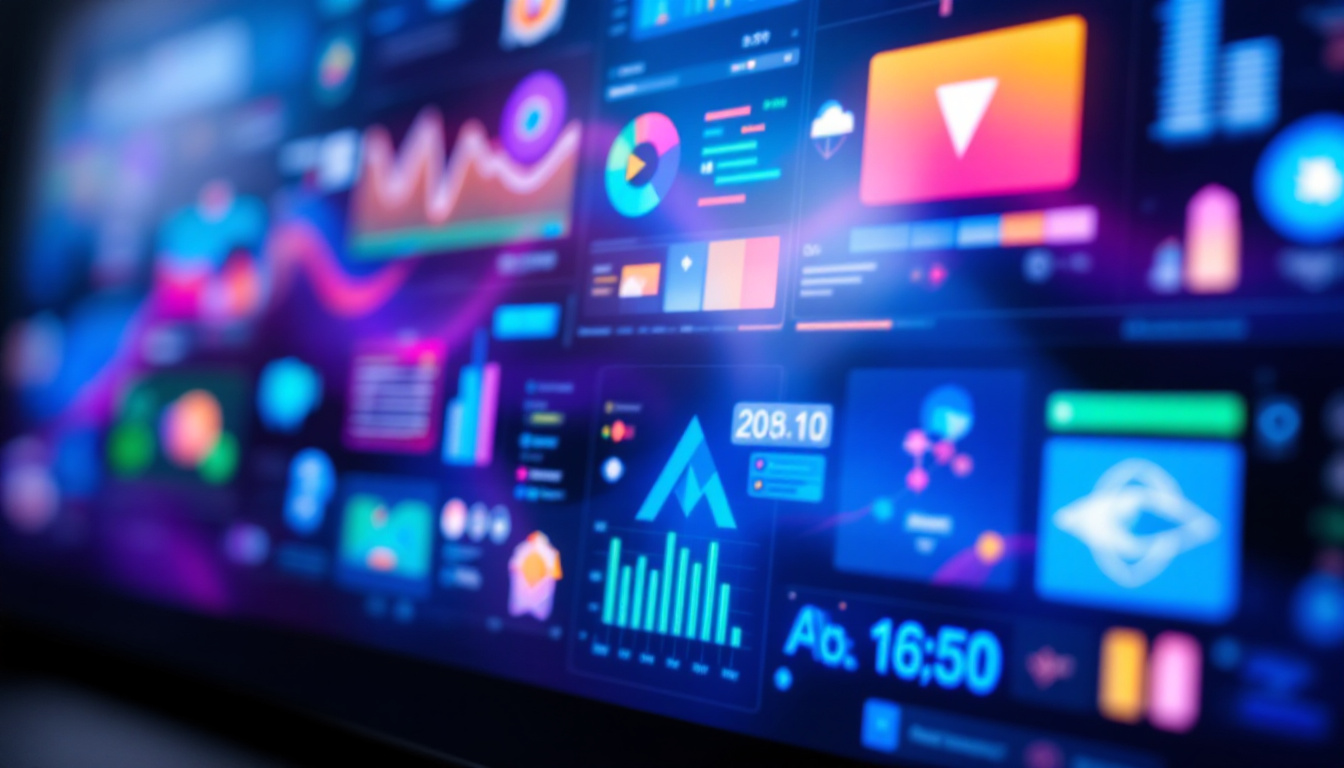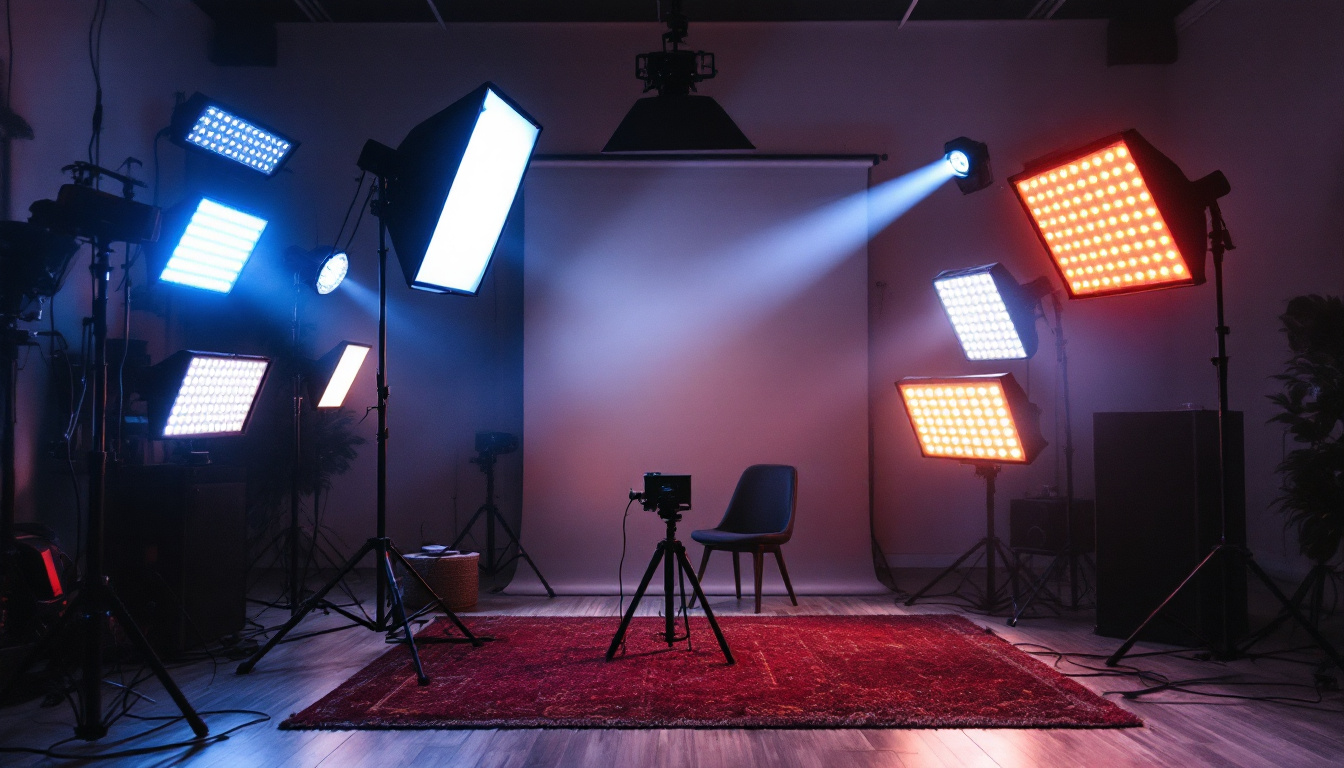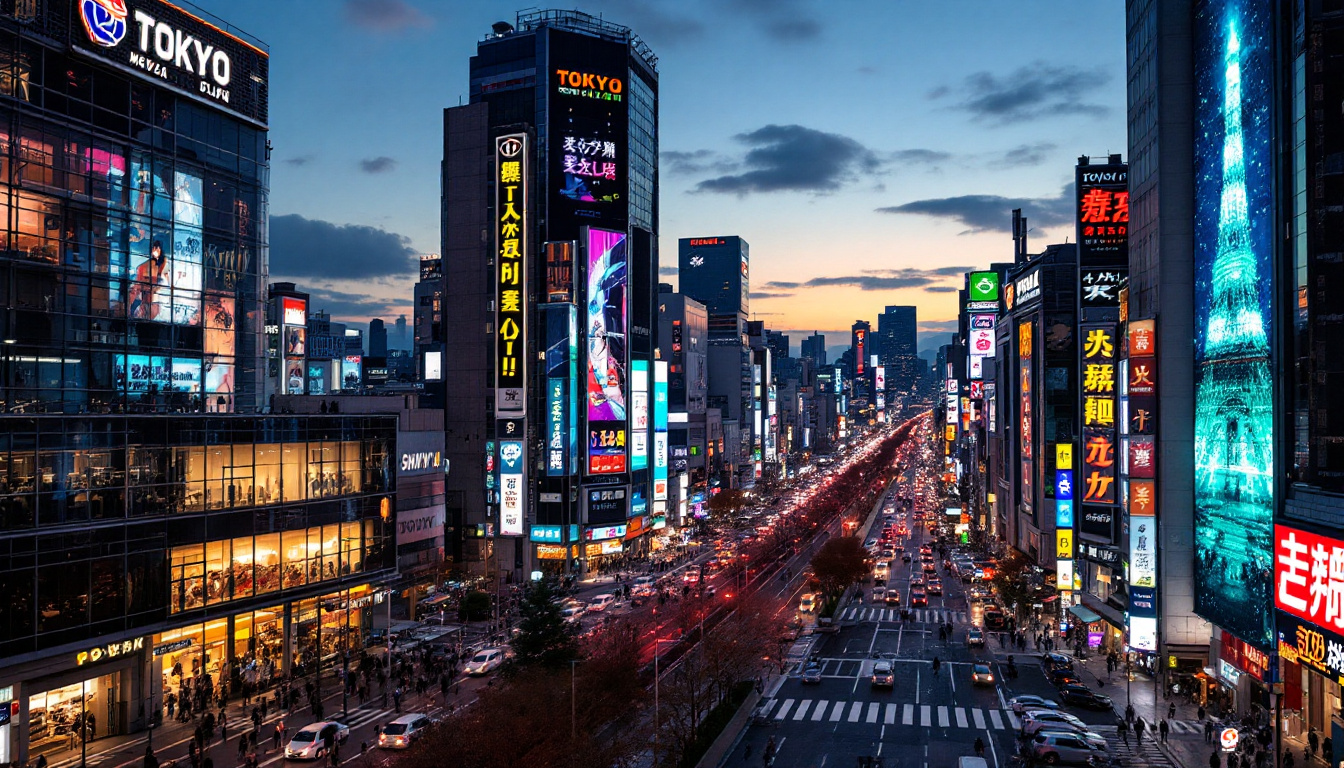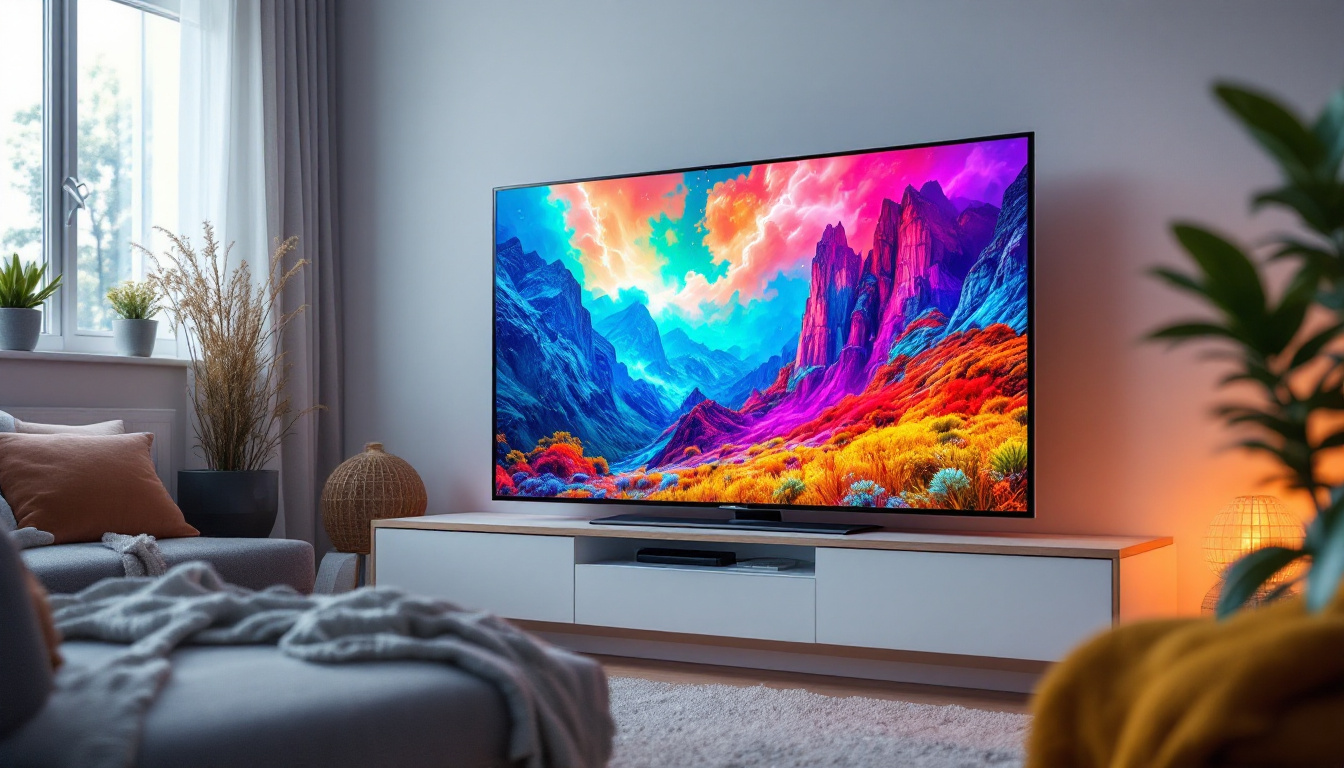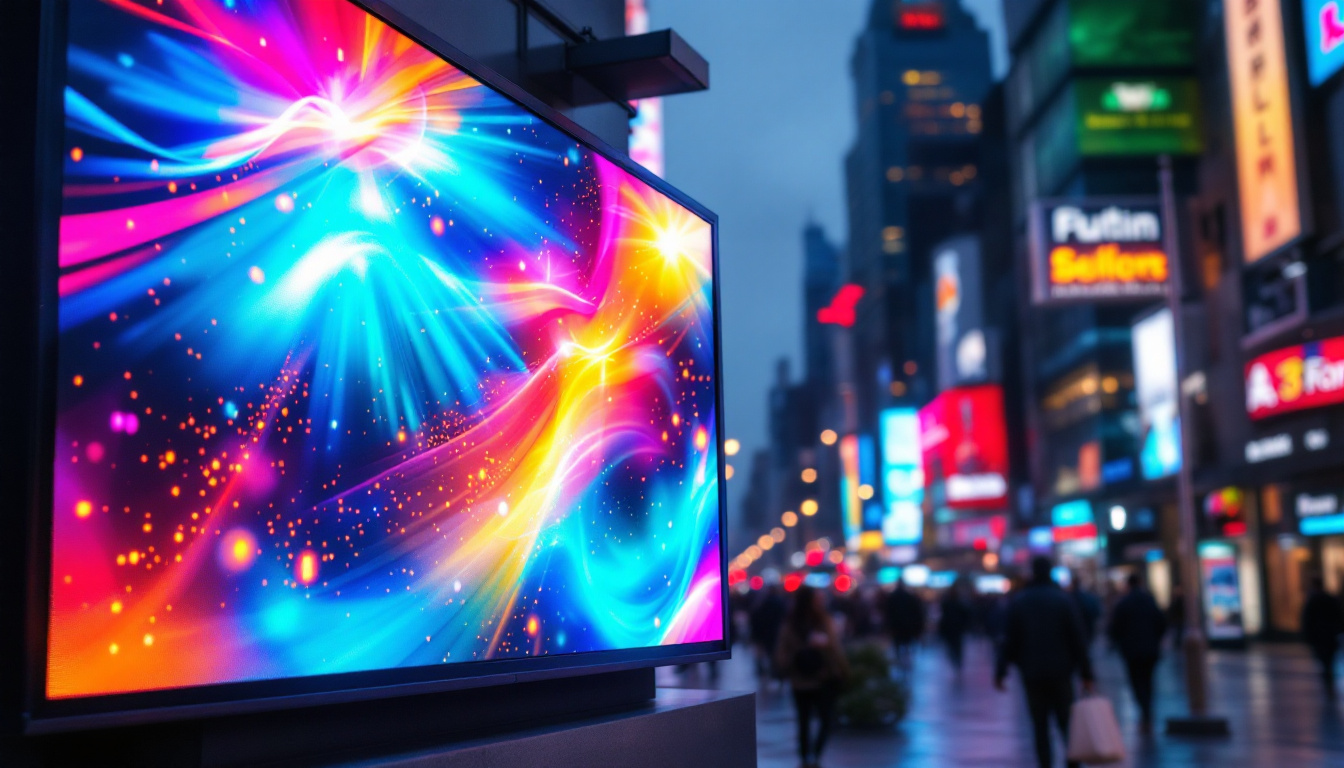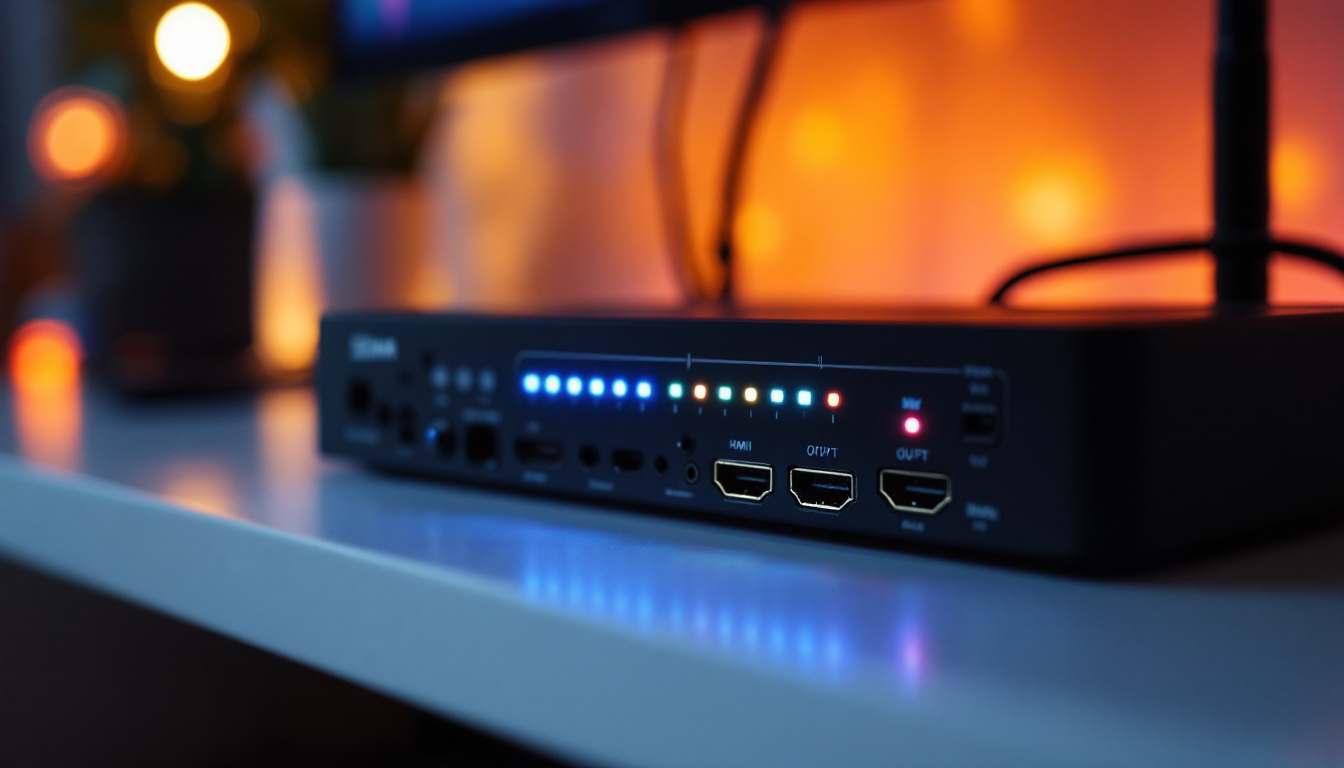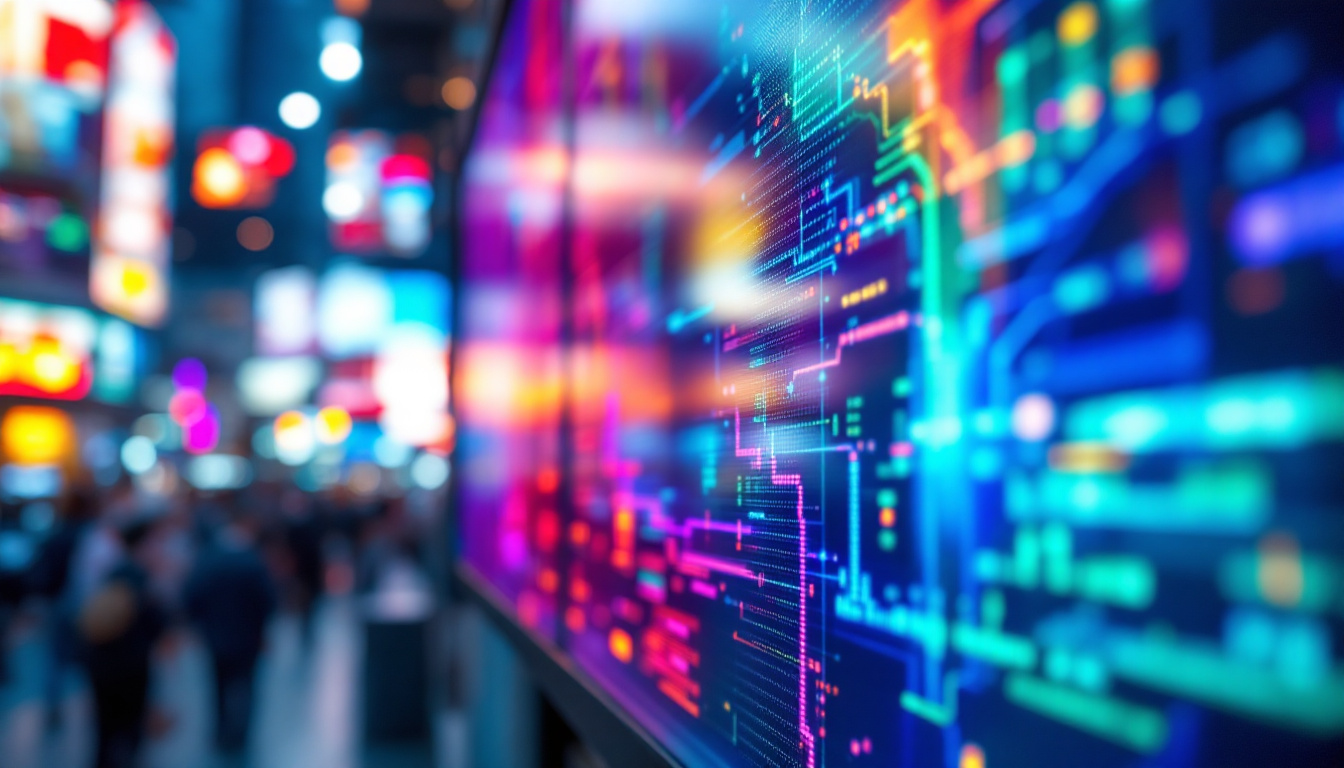In the ever-evolving world of advertising, billboard advertising has remained a powerful medium for brands to reach their target audiences. Among the various types of billboards, LED displays have gained immense popularity due to their dynamic capabilities and eye-catching visuals. This article delves into the world of LED billboard advertising, exploring its features, advantages, and some notable examples that illustrate its effectiveness.
Understanding LED Billboards
LED billboards are large-scale displays that utilize light-emitting diodes to present vibrant and dynamic advertisements. Unlike traditional billboards that rely on static images or printed graphics, LED displays can showcase moving images, videos, and animations, capturing the attention of passersby in a way that static billboards cannot.
How LED Billboards Work
At the core of LED billboard technology is a matrix of tiny LED lights, which can be programmed to emit various colors and intensities. These lights are arranged in a grid format, allowing for the creation of intricate designs and animations. The content displayed on these billboards can be easily updated remotely, enabling advertisers to change their messages in real-time.
LED billboards are typically powered by a combination of software and hardware. The software allows advertisers to schedule and manage their content, while the hardware ensures that the display operates efficiently and effectively. This combination makes LED billboards a versatile option for businesses looking to engage their audience.
Types of LED Billboards
There are several types of LED billboards, each serving different advertising needs. The most common types include:
- Full-Color LED Displays: These billboards can display a wide range of colors and are often used for high-impact advertising campaigns.
- Monochrome LED Displays: Typically used for simpler messages, these displays show content in a single color, usually red, green, or amber.
- Digital Billboards: These are large-scale LED displays that can show multiple advertisements in rotation, maximizing exposure for different brands.
Advantages of LED Billboard Advertising
LED billboard advertising offers numerous advantages that set it apart from traditional advertising methods. Understanding these benefits can help businesses make informed decisions about their advertising strategies.
Enhanced Visibility
The brightness and clarity of LED displays make them highly visible, even in direct sunlight or adverse weather conditions. This enhanced visibility ensures that advertisements reach a larger audience, increasing the likelihood of engagement.
Moreover, the dynamic nature of LED billboards allows for the incorporation of animations and videos, which can capture attention more effectively than static images. This ability to convey messages in a visually stimulating manner is a key factor in their popularity.
Real-Time Content Updates
One of the standout features of LED billboards is the ability to update content in real-time. Advertisers can change their messages, images, or videos at a moment’s notice, making it easy to respond to current events, promotions, or seasonal campaigns. This flexibility allows brands to stay relevant and engage their audience with timely information.
Additionally, real-time updates enable advertisers to experiment with different messages and monitor their effectiveness, optimizing campaigns for better results.
Cost-Effectiveness
While the initial investment in LED billboard technology can be significant, the long-term cost-effectiveness is undeniable. Traditional billboards often require printing and installation costs, which can add up over time. In contrast, LED displays eliminate these recurring expenses, as content can be changed digitally without any physical alterations.
Furthermore, the ability to display multiple advertisements in rotation allows for shared advertising space, making it more affordable for smaller businesses to participate in high-visibility advertising.
Notable Examples of LED Billboard Advertising
To truly appreciate the impact of LED billboard advertising, it is essential to examine some notable examples that have made waves in the advertising world. These examples showcase the creativity and effectiveness of LED displays in capturing audience attention.
Times Square, New York City
Times Square is synonymous with bright lights and advertising brilliance. The LED billboards in this iconic location are among the most recognized in the world. With their vibrant colors and dynamic content, these displays attract millions of visitors every year. Brands such as Coca-Cola, Samsung, and Disney have leveraged the power of LED advertising in Times Square to create memorable campaigns that resonate with audiences.
One standout example is the Coca-Cola digital billboard, which features a massive animated display that showcases the brand’s latest campaigns. The combination of eye-catching visuals and strategic placement ensures that the advertisement reaches a diverse audience, from tourists to locals.
Las Vegas Strip
The Las Vegas Strip is another hotspot for LED billboard advertising. The dazzling lights and vibrant displays create an unforgettable atmosphere, making it an ideal location for brands to promote their products and services. Hotels and casinos often utilize LED displays to showcase entertainment options, dining experiences, and special events.
For instance, the LED billboard at the Fremont Street Experience features a stunning light show that captivates visitors. This immersive experience not only promotes local businesses but also enhances the overall ambiance of the area, drawing in crowds and increasing foot traffic.
Shibuya Crossing, Tokyo
Shibuya Crossing in Tokyo is one of the busiest pedestrian intersections in the world, making it a prime location for LED advertising. The area is adorned with massive LED screens that display advertisements from various brands, creating a visually stimulating environment for pedestrians.
One notable example is the Shiseido LED billboard, which features interactive content that engages passersby. The use of augmented reality and real-time data creates a unique experience that encourages audience participation and brand interaction.
Challenges of LED Billboard Advertising
While LED billboard advertising offers numerous advantages, it is not without its challenges. Understanding these challenges can help advertisers navigate the complexities of this medium more effectively.
Regulatory Restrictions
Many cities and municipalities have strict regulations governing outdoor advertising, including LED billboards. These regulations may dictate the size, brightness, and content of the displays, limiting the creative freedom of advertisers. It is essential for brands to be aware of these regulations to avoid potential fines or legal issues.
Additionally, some areas may have restrictions on the use of animated content or video displays, further complicating the advertising strategy. Businesses must work closely with local authorities to ensure compliance while maximizing the impact of their campaigns.
High Initial Costs
The initial investment required for LED billboard technology can be a barrier for some businesses. The cost of purchasing or leasing the display, along with installation and maintenance expenses, can add up quickly. However, as technology advances and becomes more widely adopted, these costs are gradually decreasing, making LED advertising more accessible to a broader range of businesses.
Despite the high initial costs, the long-term benefits often outweigh the drawbacks, particularly for brands that prioritize visibility and engagement.
Content Management
Managing content for LED billboards can be a complex task. Advertisers must ensure that their messages are not only visually appealing but also relevant to their target audience. This requires ongoing monitoring and analysis to determine which content resonates best with viewers.
Furthermore, the rapid pace of change in digital advertising means that brands must stay ahead of trends and adapt their strategies accordingly. This can be a daunting task for businesses without dedicated marketing teams or resources.
The Future of LED Billboard Advertising
The future of LED billboard advertising looks promising, with advancements in technology and creative strategies paving the way for even more innovative campaigns. As brands continue to explore the potential of LED displays, several trends are emerging that are likely to shape the future of this advertising medium.
Integration with Digital Marketing
As digital marketing continues to evolve, the integration of LED billboard advertising with online campaigns is becoming increasingly common. Brands are leveraging data analytics and social media to create cohesive advertising strategies that bridge the gap between digital and outdoor advertising.
This integration allows for more targeted messaging, as advertisers can tailor their content based on real-time data and audience insights. For example, a brand may choose to display specific advertisements on an LED billboard based on the demographics of the audience in the area at a given time.
Interactive Experiences
Future LED billboards are likely to incorporate more interactive elements, allowing audiences to engage with the content in real-time. This could include features such as touch screens, augmented reality, or QR codes that lead to additional information or promotions.
interactive experiences not only enhance audience engagement but also create memorable moments that can lead to increased brand loyalty. As technology continues to advance, the possibilities for interactive LED advertising are virtually limitless.
Sustainability Initiatives
With growing concerns about environmental sustainability, many businesses are seeking ways to reduce their carbon footprint. LED technology is inherently more energy-efficient than traditional lighting, making it a more sustainable choice for outdoor advertising.
In the future, brands may prioritize eco-friendly practices in their advertising strategies, such as using solar-powered LED displays or incorporating sustainable materials in their billboard designs. This shift towards sustainability not only benefits the environment but also resonates with consumers who value corporate responsibility.
Conclusion
LED billboard advertising has transformed the landscape of outdoor advertising, offering brands a dynamic and engaging way to connect with their audiences. With enhanced visibility, real-time content updates, and cost-effectiveness, LED displays have become a preferred choice for many businesses.
As the advertising industry continues to evolve, the future of LED billboards looks bright. By embracing new technologies, interactive experiences, and sustainability initiatives, brands can harness the full potential of LED advertising to create impactful campaigns that resonate with consumers.
In a world where attention is a precious commodity, LED billboards stand out as a powerful tool for brands looking to make a lasting impression.
Discover LumenMatrix’s Innovative LED Solutions
Ready to elevate your advertising strategy with the power of LED technology? LumenMatrix is at the forefront of LED display innovation, offering a diverse range of solutions that cater to every need—from Indoor and Outdoor LED Wall Displays to specialized options like Vehicle LED Displays and LED Sports Displays. Our mission is to revolutionize your visual communication, ensuring your message is not just seen, but truly experienced. Don’t miss the opportunity to captivate your audience with unparalleled clarity and impact. Check out LumenMatrix LED Display Solutions today and transform the way you connect with your audience.

